The article contains spoilers from ASOIAF.
Zaldrīzes buzdari iksos daor.
The dragons are a big part of what makes Game of Thrones stand out from the pack. There are dozens of period dramas with intricate costumes and believable recreations of medieval cities, but how many of those have flying, fire-breathing weapons of mass destruction?
It was a risky bet, to be sure, both for George R. R. Martin himself and David Benioff and D.B. Weiss too. People who could’ve been interested in the political aspect of the story, but aren’t big fantasy fans, surely were turned off. And in the particular case of the screen adaptation, if they had a goofy appearance or looked fake, their scenes just wouldn’t work. Fortunately, that wasn’t the case, as episodes like “The Spoils of War” show.
The dragons from A Song of Ice and Fire (and Game of Thrones) are four-limbed: two bat-like wings and two hind legs. George made this choice considering there aren’t six-limbed animals (four legs plus wings) in real life, and as Dr. Neil deGrasse Tyson confirmed, the biology is sound.
Now, I know of the never-ending “wyvern” debate. It never fails to appear whenever a dragon is depicted this way on-screen. It happened with the Harry Potter dragons, with the Reign of Fire dragons, with Smaug and obviously with Dany’s children too.
I think people should give it a rest. As obvious as it may sound, these are magical, nonexistent creatures, so there’s not a scientific consensus on what makes a dragon “a dragon”, and bringing some heraldry art up doesn’t cut it. Most Japanese dragons appear as elongated, wingless creatures, and they all can fly. Shenron from Dragon Ball? Haku from Spirited Away? And yet you don’t have many armchair scientists coming out of the woodwork to decry that they are named “dragons”, because they don’t have wings.
Moving on; Martin’s dragons aren’t that different from the traditional aspects we’ve come to expect: they have hard scaly bodies, sharp teeth and claws, horned heads, strong tails and a gargantuan size. In fact, they never stop growing as long as they have freedom and food. Balerion the Black Dread was believed to be capable of eating a mammoth whole (if we are to take that statement literally and not as an exaggeration). If kept chained or under a roof, their natural growth is hampered, if not outright stopped.
Their bulk, thick hides and ability to scorch their enemies make them especially fearsome and dangerous in battle, but they aren’t invincible. Dany learned this the hard way when Bronn managed to hit Drogon with a bolt from Qyburn’s scorpion, and later when Viserion was felled by the Night King with an ice spear.
They are also vulnerable to the fire of their own kind, as it happened during past events like the Dance of the Dragons.
Details are somewhat scarce when it comes to the art of training and riding dragons, however. In the case of Daenerys, it’s easy to accept her as a dragon rider because she has taken care of them since the moment they hatched, and formed a bond. Dragons aren’t simple animals, but highly intelligent creatures that can sense when their human riders are in danger, and they can’t be ridden by just anyone, like most horses.
But we don’t know who made the first attempt to ride a dragon, and how was this knowledge passed on to future generations. Or if being of Valyrian descent is a requirement. Targaryen bastards (or “dragonseeds”) have been able to bond with dragons and ride them, so it seems like pure Targ blood isn’t needed at least. There aren’t dragon riders from other Houses, however, and that’s unlikely to change even in future books (I’m not really a fan of the “dragon has three heads” theory that includes Tyrion as a rider, and if Jon does ride, it wouldn’t be a surprise since his pops was a Targ) or the HBO spin-offs.
There are many notorious dragons in the ASOIAF saga, of all sizes and colors. The only ones that have appeared on-screen are those that belong to Daenerys, however. Other important dragons, such as Balerion the Dread, have either been mentioned by name, appeared as skeletal remains (the skulls, mostly) stored below the Red Keep or have been animated in the “Histories and Lore” features from the Blu-ray releases. What follows is a brief list of some of these magnificent creatures:
Balerion (The Black Dread)
The largest and perhaps the most famous of all dragons, he was Aegon the Conqueror’s mount, a fearsome beast with scales as black as night and fire of the very same color. Born in Valyria, he survived the Doom and was used by Aegon in the Conquest of Westeros. During the battle known as the Field of Fire, Balerion (along with Vhagar and Meraxes) steamrolled those who opposed Aegon. Four thousand men were cooked alive, and House Gardener (previously the rulers of the Reach and owners of Highgarden, before House Tyrell) ceased to exist.It is said Balerion forged the Iron Throne with his flames, melting the swords of the defeated enemies of Aegon.
It died of old age, after living nearly two hundred years.
Balerion’s skull appeared in the second episode of Season 7, “Stormborn”. While big, its size is more comparable to Drogon’s than what’s described in the books. The why can be interpreted in two ways: either much of what is said about him consists of exaggeration and embellishments, or it was a matter of practicality on the show’s part.
Meraxes
Ridden by Rhaenys Targaryen during the War of Conquest. She was named after an old Valyrian god, and had beautiful silver scales and golden eyes. Her awe-inspiring appearance shouldn’t deceive you, however, she was every bit as dangerous as Balerion and Vhagar.
Meraxes and her rider both met their demise after attempting to conquer Dorne, when a bolt from an scorpion went through one of the dragon’s eyes and made it fall to the ground.
Dorne remained unconquered, despite subsequent attempts by other Targaryen rulers that came after Aegon I.
It is possible Qyburn got the inspiration to commission his scorpion from this event, and if the Golden Company brings more scorpions with them, Dany should be extra careful to avoid their dragons ending up like a shish kebab (perhaps some armor would help? Wun Wun anyone?).
Vhagar
Ridden by Visenya during the War of Conquest. Vhagar was the second largest dragon of the trio, and the one that saw most battles during its lifetime.
Its color remains unknown, though it is portrayed as a grey dragon in the HBO’s “The Dance of Dragons” featurette. It was during that Targaryen civil war that Vhagar was killed, in the Battle Above the God’s Eye (a lake near Harrenhal). Said duel was fought between two dragons, Vhagar and Caraxes, and their riders (Aemond and Daemon, respectively) and ended with the death of all four of them.
“Thus passed the last living creature from the days of Aegon’s conquest.”
Meleys (The Red Queen)
Meleys was an old female dragon, ridden by Rhaenys Targaryen (not to be confused with the sister of Aegon I). Her scales were scarlet and the leathery membranes of her wings were pink. Her claws and crown of horns were the color of copper.
She met a tragic end (along with her rider) in the Battle at Rook’s Rest, which took place during the Dance of the Dragons. There she faced against Vhagar and Sunfyre at the same time, and couldn’t win the fight. It is implied that if she fought Vhagar alone, Meleys could have had a chance, but it was not to be. The Red Queen was torn apart, but not before gravely injuring Sunfyre and his rider, King Aegon II.
Sunfyre (The Golden)
Considered the most magnificent dragon to have ever lived because of his shiny scales, the color of beaten gold. His wings were had a pale pink color, and was large enough to be a force to be reckoned with.
Aegon II Targaryen was his rider, and they both fought in the Dance of the Dragons civil war.
Sunfyre was considerably injured in the Battle at Rook’s Rest, after battling Meleys. One of his wings was nearly ripped off his body, and therefore rendered unable to take flight. His rider suffered from burns so bad that he needed more than a year of recovery sedated with milk of the poppy.
Sunfyre eventually recovered from his wounds, though his wing healed badly and remained in a weird angle. He could still fly, but not as well as before.
After returning to Dragonstone (where Aegon II was hidden), he saw one last battle, this time against the dragon Moondancer, a smaller, slender pale green female dragon.
Poor Moondancer didn’t stand much of a chance, despite her speed, and was blinded by Sunfyre’s flames and later killed when both creatures fell to the ground. She did manage to maim and mortally wound Sunfyre, however, crippling him permanently.
Sunfyre remained in the ground and died six weeks later as a result from his wounds.
Drogon
The largest and most powerful of Dany’s dragons. His scales are shiny black, with streaks of vivid scarlet matching his wings and horns. Because of his bulk and black color, he’s considered to be Balerion “born again”, but Daenerys named him after his deceased dothraki husband Khal Drogo.
His aggressiveness and rebellious attitude (snarling at Daenerys, and leaving her side for a while) confirmed Jorah’s words that dragons are never really “tamed”, but nonetheless he returned to Dany and is currently, apart from one of her children, her best and most dangerous war asset.
Drogon has helped Dany win some of her biggest victories, such as the taking of an Unsullied army (“A dragon is no slave”), the destruction of the Good Masters’ army that had Meereen under siege, and the attack to the Lannisters’ loot train and the obliteration of their army (in what was a smaller scale “Field of Fire”).
There are more battles ahead for both Drogon and Daenerys: against the Night King, and Cersei too. If he survives, he may go the way of Balerion and outlive Dany, dying later of old age after hundreds of years. It is just as likely that he’ll die against one or the other enemy, but surely not before he helps her mother win the war for the Iron Throne.
Rhaegal
Named after Rhaegar Targaryen, he’s one of the three dragons born on the Dothraki Sea.
His scales are dark green, the color of moss in the deep woods. His teeth are black, and his eyes are the color of bronze.
He’s a rather enormous dragon, his head described to be bigger than a horse, but his growth (same as with Viserion) was interrupted (unsure if temporarily or permanently) after he was chained inside a Pyramid in Meereen. As a consequence, him and his brother are smaller than Drogon, who was able to roam free.
Both in the novels and the show his role is modest and he doesn’t see as much action as Drogon, but that may change in the final season. Now that Jon was officially revealed to be a Targaryen, maybe he’ll get to ride Rhaegal into battle? Seems appropiate, considering that the dragon was named after none other than his real father.
Viserion
The last but not least of Dany’s fire-breathing children, he was named after her brother Viserys and sports a beautiful cream-and-gold hide (at least when he was young, his adult version was almost indistinguishable from Rhaegal at times). His horns and eyes are the color of molten gold, exactly like the contents of the pot that killed Viserys.
Storywise he has been pretty much chained along with Viserion (no pun intended) and the action he’s seen has been limited. However, a big twist came with the sixth episode of Season 7, when he joined the ranks of the undead army as a terrifying undead dragon.
His blue flame was able to destroy a part of the Wall and allow the Night King’s forces to march into Westeros, and is poised to be one of the biggest threats our heroes will have to face in the final season of the show.
He seems to be faster than his brothers, and will surely be impervious to pain, so no amount of scorpion bolts will slow him down in any way (unless someone makes dragonglass bolts?). It is unclear, however, if he’s vulnerable to fire like the rest of the wights, or if he’ll be able to resist attacks from his living brothers.
If Viserion isn’t killed (yet again, the poor bastard) before the Night King, then it’s safe to assume that the Night King’s death will be what brings him down, along with the rest of the army of the dead. I see a “Destroy the Mothership” situation playing out here, but I’m not bothered by it to be honest. Because it actually makes sense, unlike most movies in which soldiers just give up because their leader went down.
Depending on how the big battles of Season 8 (and those in the books) play out, the future of the dragons as a species may be decided. Dany’s children may very well be the last of their kind; though there could be eggs somewhere, no one apart from her was able to bring these magical creatures back from their apparent extinction.
I have a feeling that sadly both Rhaegal and Drogon won’t make it to the end, joining the rest of the fantastic creatures that are now gone from the world, namely the giants and the Children of the Forest, and also the Others/White Walkers (because there’s no way they’ll win, right?). I’d be more than happy to be proven wrong, however!
The post From The Maester’s Desk: Fire Made Flesh appeared first on Watchers on the Wall.
Via http://watchersonthewall.com
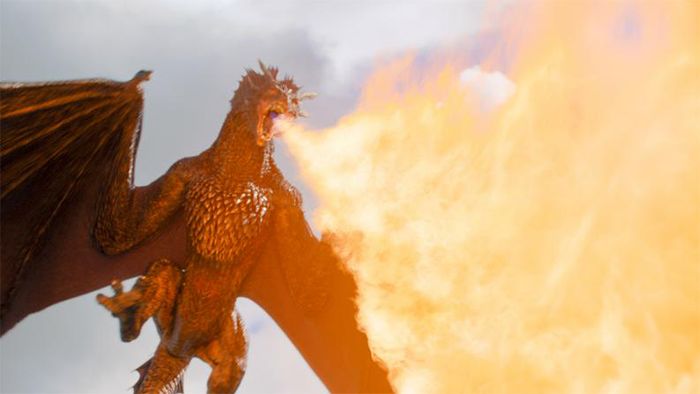
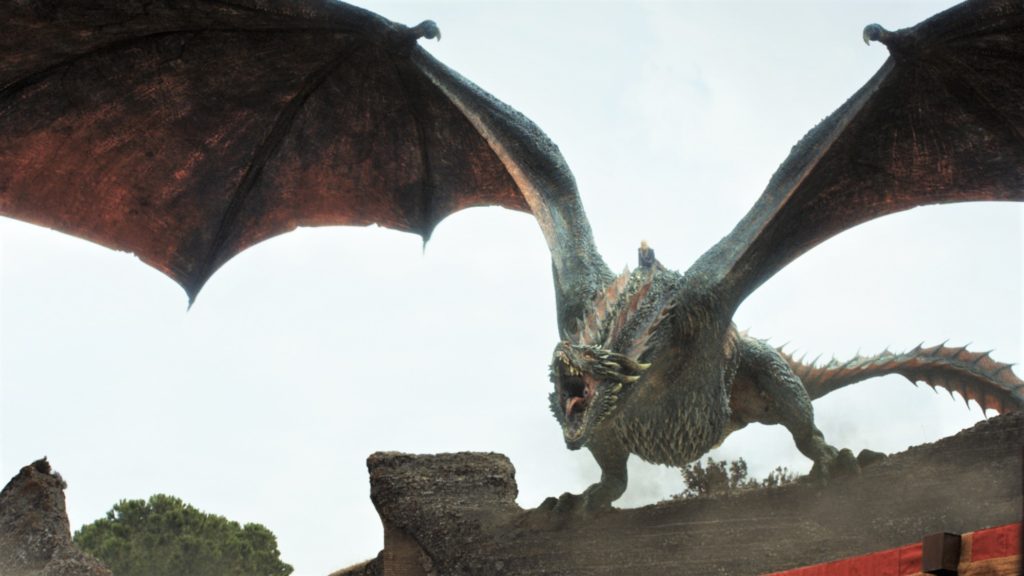
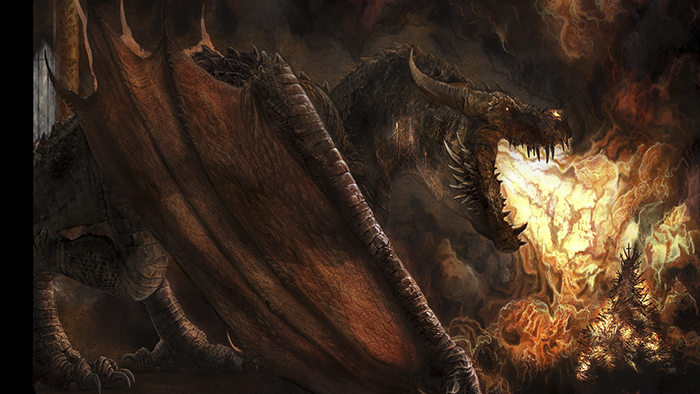

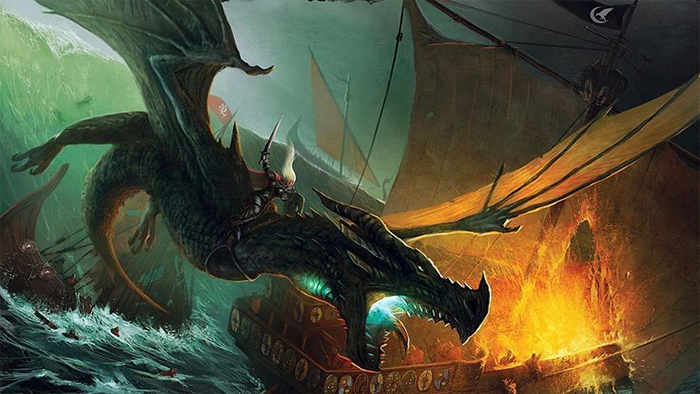
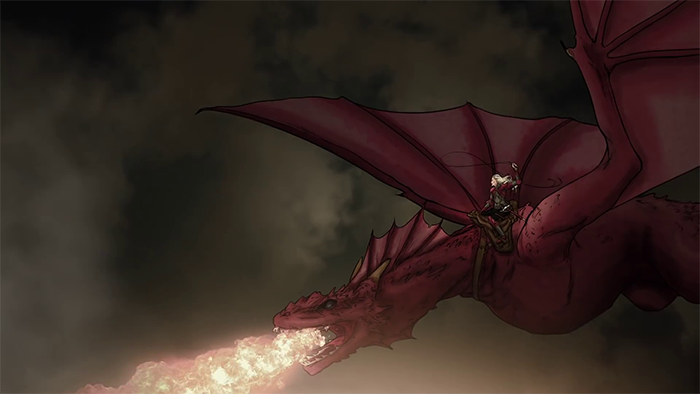
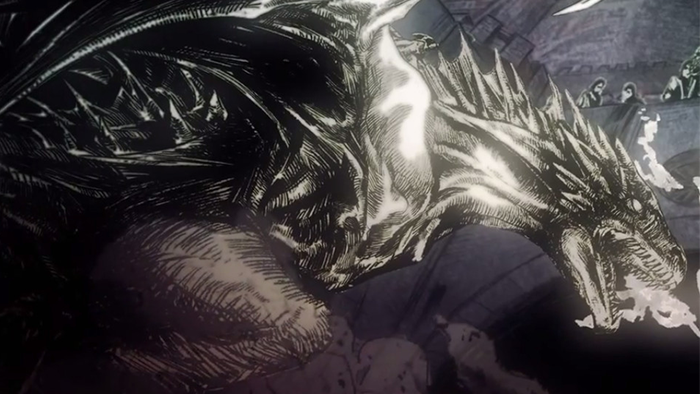
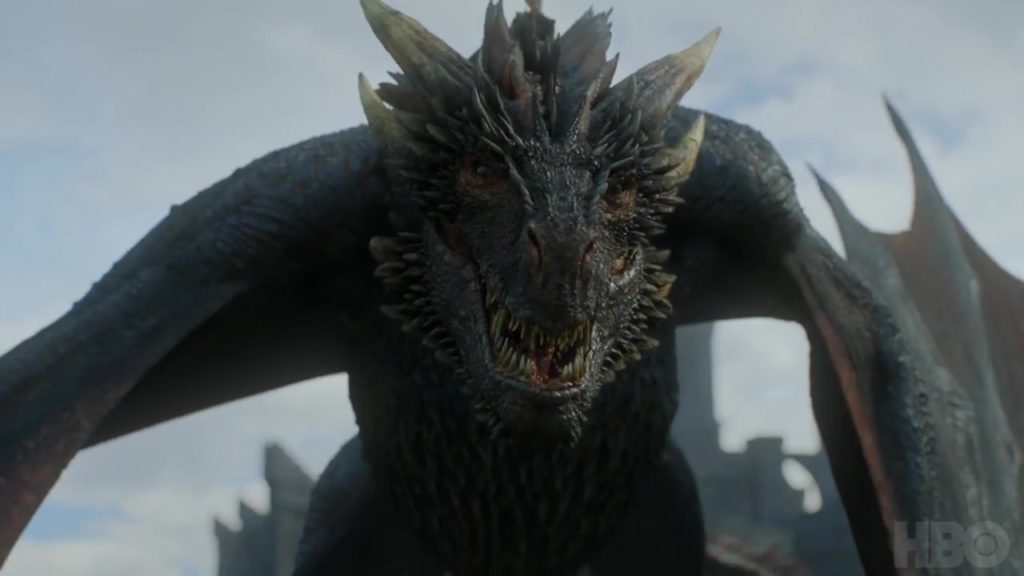
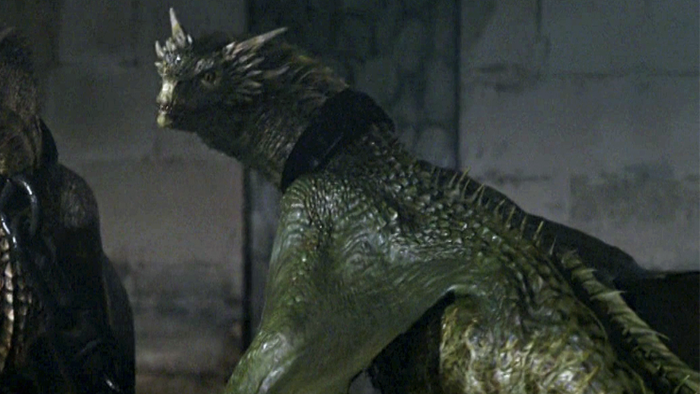
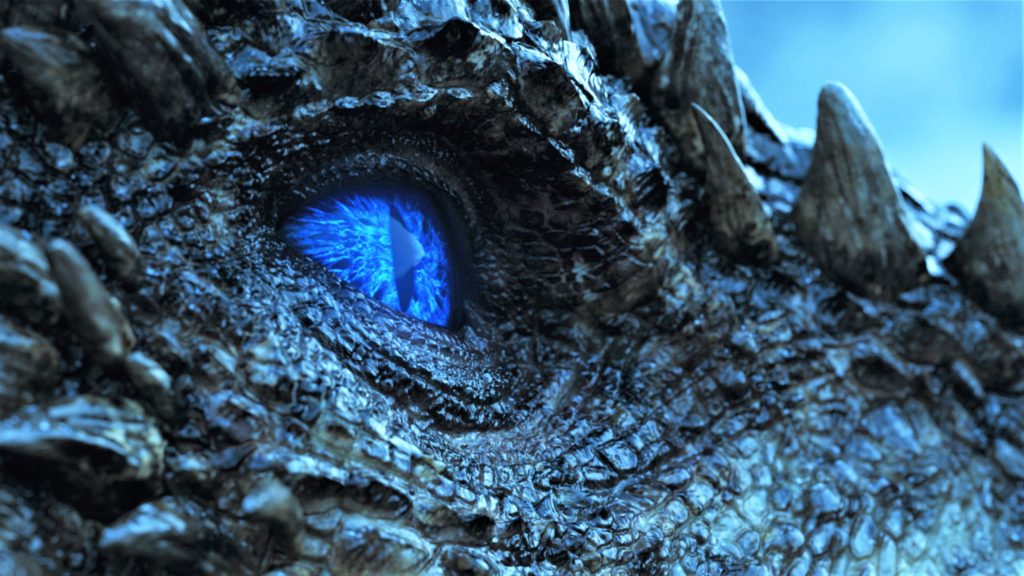
No comments:
Post a Comment